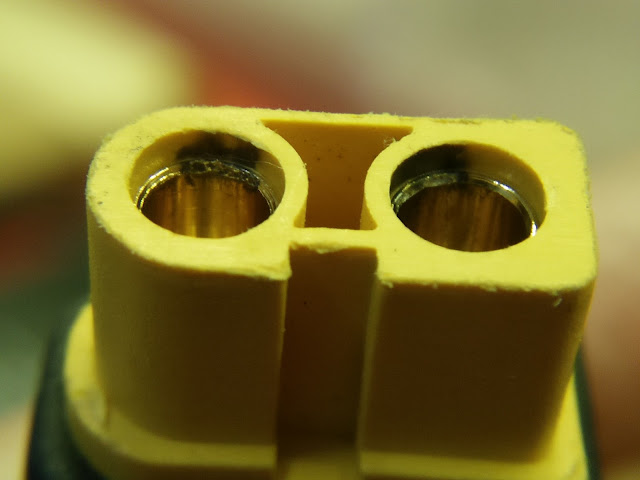Single rear motor
the good :
- I like the moderate but sufficient power delivery. Its not enough to put you and keep you off balance and sufficient for most hills (except the really steep ones, to put a number on this 5 degrees and it'll struggle 4 degrees and it'll do it). Personally I find up hills I'd prefer to be on the Mercane than a bicycle (except when fitness training)
- its lighter (at least 4kg and the front is much easier to lift) making it easier to carry and lift into the car. Its at that weight where another 4kg moves it from heavy to "ouhfff")
- it has less "friction" in moving it around when (say) in the supermarket because the front wheel has not motor and rolls nicely (see this youtube video showing wheel resistance)
- it has better clearance underneath as the battery box and single controller is more snug
- it is light enough to get a small amount of "air" when attempting to jump obstacles such as nasty pavement joins
- it steers very neutrally and is easy to learn to be confident on it
- the brake is best described as quite adequate (unless you're attempting to speed through crowded areas or places with low visibility)
- charge time is less
the issues:
- you'll need to kick (or get off) on really steep slopes ... getting off is a good option as that will return far more battery distance than the 10 meters you stood on it for
- its not "exciting" acceleration (which may be a hidden good)
The Dual
the good:
- man does this thing kick when you hit the throttle (starting off) and it hits its top speed much sooner than the single
- it just motors up long steep hills that the single will struggle with (and probably you walking would too)
- somehow the dual gives more distance than the single does (as u/InfernotTerror mentions) which I suspect is because that while it will use more power on the hills (like say up to 1000W) the speed limiter will on the straight mean it uses only about the same power as the single does, and you have 50% more battery (which will probably give more than 50% more discharge)
the issues:
- its a lot heavier than just picking up a 4 kg extra may sound. Many will struggle to lift it into a car boot, I certainly don't like lugging it into the house, and glad I have a wagon
- the underbelly hangs low and so you have to be careful when lifting it over steps to not drag that belly pan
- torque steer (which may be contact patch geometry issues ) is very noticeable, the more the steering is off from straight the more you'll feel that hit on the bars as it tries to fight you. You do get used to it, but it will require you to focus on that.
- front wheel loss of traction will occur far far more than on the single because the front motor is pulling just as hard as it can and you will weight transfer back because of that (unloading the front, reducing its grip) unless you remember to lean forward. This is definitely a scoot that reminds you that you MUST use body English on these things not just stand there like a passive statue as suggested in the promotional material. This will undoubtedly lead to more stress on the steering stem over time too if you just use that lever as your balance pole. When the front breaks away (say, entering a driveway that's firm fine *(think tennis court) sort of gravel) it won't be coming back (even one reviewer had some fun with this)
So I think that summarizes it ... so now, I'll get out and ride ;-)
PS: I've finally done the video comparison of the uphill journey over to my mates place, its here.















































